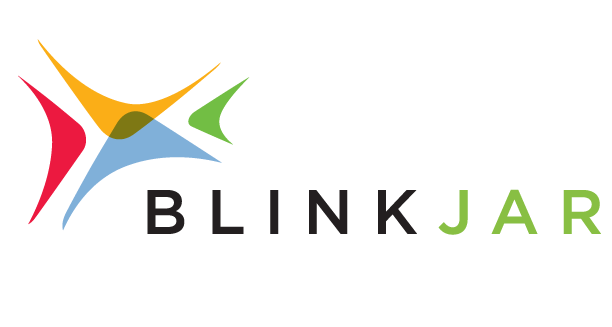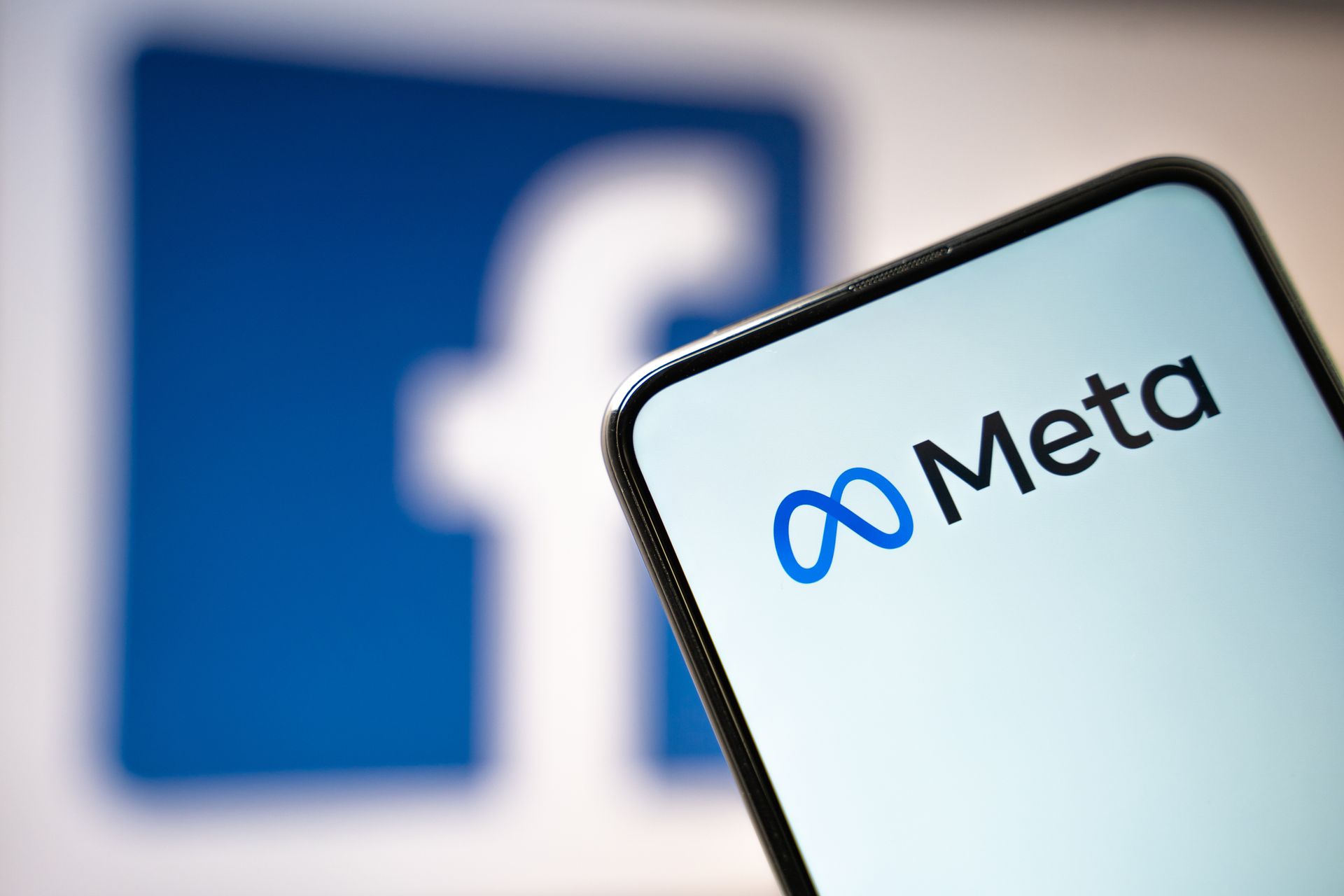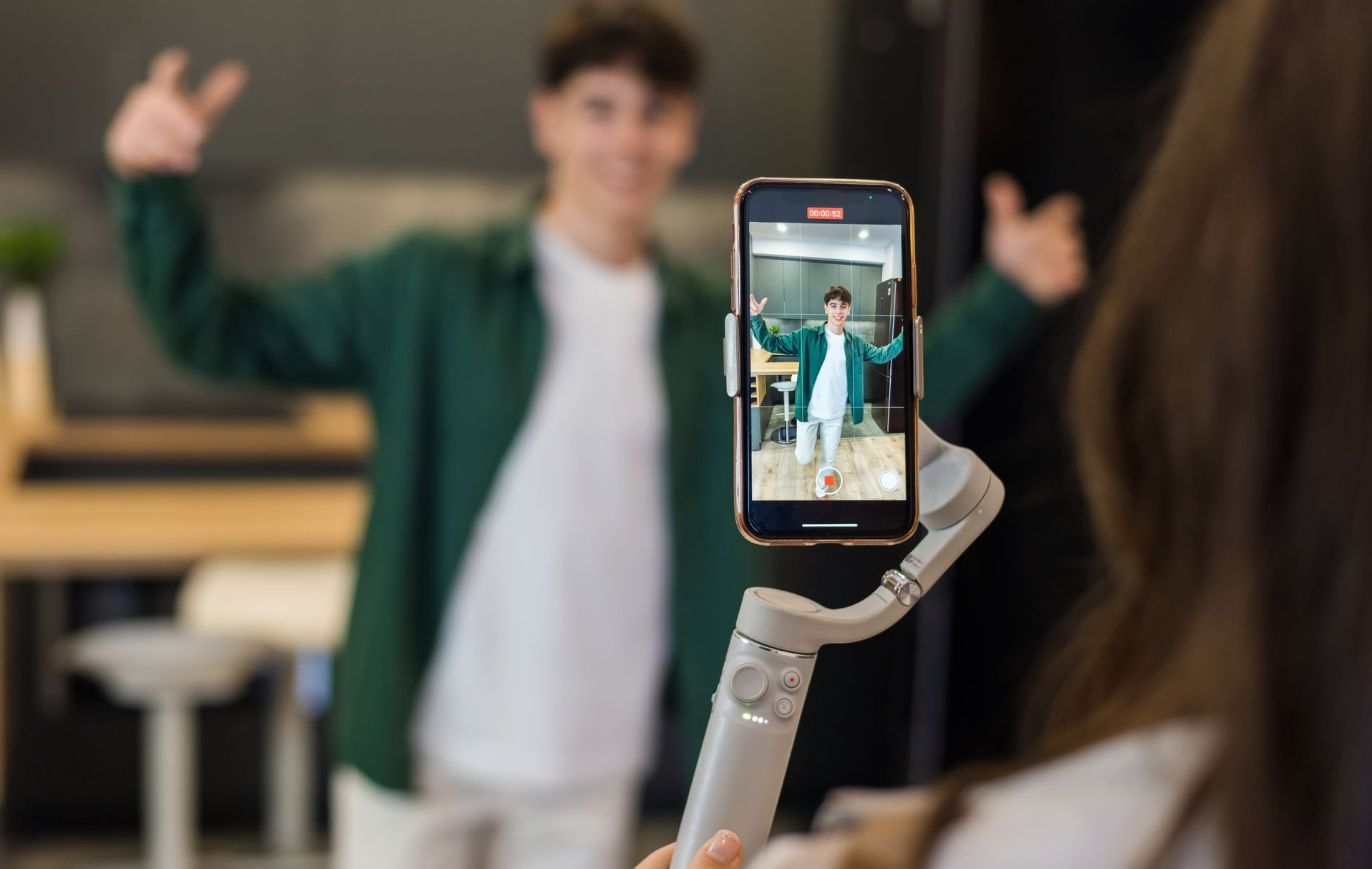Search Advertising Tips for Businesses: The Latest Google Ads Features
Online search has changed how businesses advertise and share their products and services. Furthermore, the way people search and search engines operate also evolves. In 2021 Google’s network comprised over 2 million websites and reached over 90% of all consumers, ranking it as the largest provider of search advertising on the planet. With over 7 million advertisers, 73% of the paid search market firmly belongs to Google, making it a platform every business should strongly consider leveraging. According to a WebFX study, online ads increase brand awareness by up to 80%, and companies of all sizes can take advantage of these benefits.
You might be thinking to yourself, that's great that Google is a powerful ad platform, but I already have someone managing all of that stuff for my company. No matter who handles your Google ads, it is critical to know how swift this platform changes and how these changes can affect your business.
Let’s take a closer look at four recent and essential new features that can make your paid search advertising even more effective.
What are the Details on Image Extensions for Google Ads?
Google has made it possible to include rich, relevant visual elements in traditional text ads. The purpose of this new feature is to drive click-through rates and conversions by using compelling and informative images. Not only does this new extension option draw attention to your ad, but it also takes up additional real estate on the SERP (search engine results page), creating a competitive advantage for your marketing efforts.
Image extensions are a great way to demonstrate products, services, or experiences that represent your brand. It is important to follow Google’s image extension policies which prohibit logo overlays, text overlays, GIFs, and poorly cropped or blurry images.
What is the Infinite Scroll on Mobile SERP for Google Pay-Per-Click Ads?
The use of mobile devices to conduct online searches has continued to grow and now accounts for over 60% of Google search queries. This explosion in mobile-based search queries is why the mobile searcher is a top priority for Google. For example, a few years ago, Google eliminated the ad space on the right-hand rail of the SERP so that desktop ads would resemble the mobile ad presentation.
Google has now changed how its SERPs respond on mobile devices with an “infinite scroll.” Before this change, Google would serve ads at the top and bottom of each page after a rendered search query. With this change, more ads will appear above the organic results now that there is no longer a “bottom of the page.” Since this change will only show ads at the top of the page, your ad performance will have a higher impression rate without negatively affecting your ad rank. These additional impressions could potentially impact other performance metrics like click-through rate.
Why is Google Eliminating Enhanced Ad Extensions on Pay-Per-Click Ads
Ad extensions offer the opportunity to create a more robust and relevant ad for your searchers. Ad extensions are features that share additional information and link to specific areas of your website. Common ad extensions include phone numbers, addresses, ratings, and reviews. Google has given advertisers the ability to make these extensions more dynamic and intuitive. The new extension features include designating device preferences for mobile ads and call extension start and end times.
Google Ends the PPC Expanded Text Ad
Extended text Google ads have long been an effective and helpful tool for advertisers. This ad format has three headline fields and two 90-character description fields. While this type of ad offers plenty of latitude and flexibility, it transitioned to a responsive search ad application in early 2021 as the default text ad format. Google will be sunsetting the ETA (Expanded Text Ad) soon, meaning the existing expanded text ads will remain active but are not editable, only paused or removed.
The only way to create a new ad will be through the RSA (Responsive Search Ad) format. Responsive search ads utilize Google’s sophisticated machine learning technology to take the assets (headlines, descriptions, URLs, etc.) to create the right ads for the right consumers. While this transition limits the hands-on specificity of ETAs, it provides a streamlined, efficient way to present a wide variety of ads targeted to each individual search query.
Use A Google Partner As Your Digital Ad Agency
Digital advertising, specifically
pay-per-click, is an effective and efficient marketing strategy. Not only do you have real-time control of your budget, but you can track its performance and make adjustments accordingly. You can determine an accurate
ROI on your marketing efforts with careful campaign management.
BlinkJar Media expertly manages Google ad campaigns of all sizes, scopes, and budgets. We are a
Google Partner and have over a decade of experience helping Baton Rouge businesses and companies nationwide grow through Google Ads.









